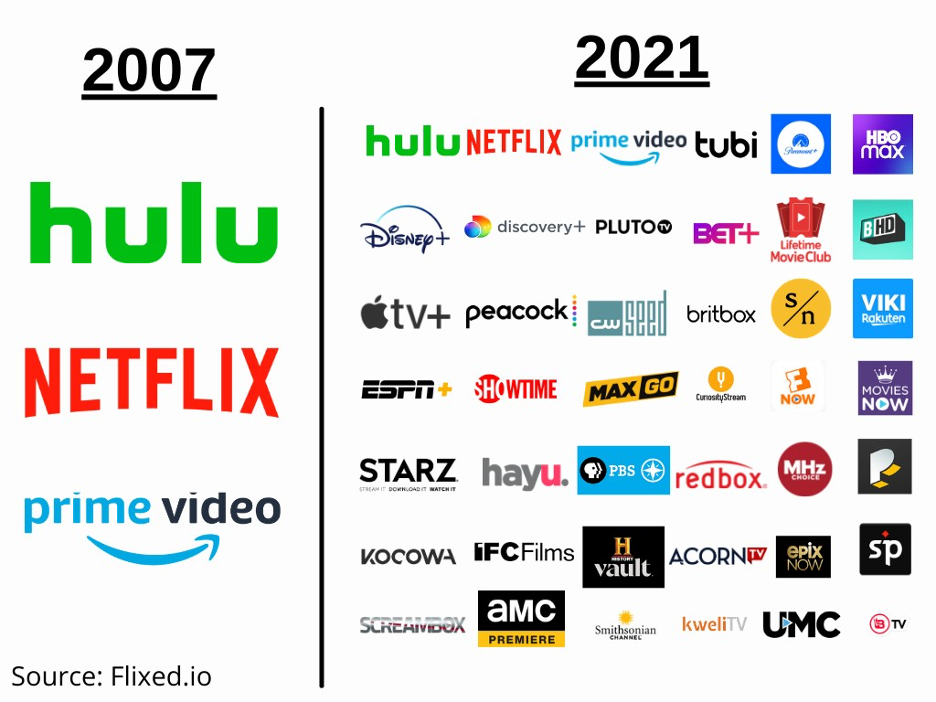Lucas Shaw writes for Bloomberg that Netflix Plans to Pay Bonuses to Filmmakers When Movies Succeed:

“Netflix Inc. plans to pay filmmakers, actors and movie producers a bonus if their films are successful, a new incentive aimed at winning projects that might otherwise go to rival studios.”
This would be a departure for the currently-leading streamer:
“The bonuses are different than Hollywood’s traditional “back-end” arrangements, where filmmakers get a percentage of box-office money. Since Netflix’s films don’t get released widely at theaters — if they hit the big screen at all — there’s no hope for a big payoff there…. Netflix has never offered back-end deals. It covers the full cost of production and pays producers a premium on top of that, granting them a profit before the project is even released. These deals are a safer bet because the producer is guaranteed to make a significant amount of money, but they also cap the potential profit.”
For a great primer on the various business models, see Joe Flint‘s article The War for Talent in the Age of Netflix in the Wall Street Journal:
“For decades, the formula for producers to make big money in TV was for a show to stay on the air long enough to have 100 episodes or more — enough to sell reruns to other TV networks. The bulk of the profits for production studios and show creators have come from those “syndication” deals, not the initial fees to produce and air the show. The creators of “Seinfeld,” “Friends” and “The Simpsons” made hundreds of millions of dollars this way, as stakeholders who were entitled to a cut of the profits…. Netflix did away with that model when it started wooing superstar producers to make content exclusively for the service, including “Grey’s Anatomy” creator Shonda Rhimes and “Glee” producer Ryan Murphy. Netflix paid nine-figure upfront fees to Ms. Rhimes and Mr. Murphy. Netflix doesn’t sell reruns of its shows to other platforms, so there weren’t any syndication profits to be had for the producers, and the producers wanted a bigger check to work for Netflix.”
With the streaming marketplace to get much busier in November, it seems as if Netflix has been forced to consider sweetening its deals with filmmakers.
My take: with number of streaming services to double very soon, feature and episodic producers have more choice of outlets than ever before. How will the various streamers differentiate themselves, thereby attracting different audiences? How much overlap will the market bear, meaning how many services will folks pay for?



